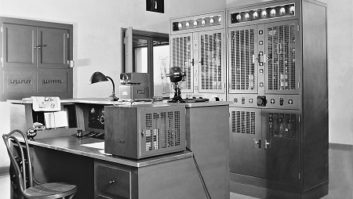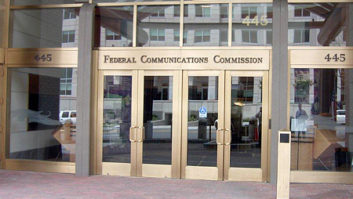It’s time for the FCC to act with respect to NRSC-5 and terrestrial digital radio.
Most of us remember the fiasco that came about as a result of the FCC’s “marketplace decision” on an AM stereo standard. That decision was no decision; and with hindsight, we can see that the resulting delays, lawsuits and more delays eventually killed AM stereo. Who knows what the AM band might look like today had the FCC made a timely decision on that issue?
Our industry again finds itself at a critical juncture. This time, the threat to radio’s livelihood comes not from within its own ranks. It’s not a matter of FM stations taking audience share from AMs. Rather, the competition is from personal audio devices, iPods and other MP3 players and CD players, online streams, satellite radio.
Arguably, to date, these media have had little impact on terrestrial AM and FM radio. But their growing popularity should tell us something. One thing we should be hearing, clear and loud is that many of today’s consumers – particularly younger ones – demand “digital quality,” however that may be defined, and even more important the flexibility and greater control over content that digital provides.
To remain viable and competitive, terrestrial radio stations must provide FM and AM transmission media that are different and better than the current analog schemes. This means noise-free, full-bandwidth, high-fidelity, artifact-free audio plus new ancillary services. HD Radio offers all that when done right. As is often noted by its supporters, 2,000 stations have made commitments to begin transmitting HD Radio signals within the next couple of years.
That is certainly enough to get things started, especially because many of those stations are in the larger markets. But a critical piece is missing: an FCC-specified standard for terrestrial digital broadcasting. Without that standard and an accompanying set of technical rules, HD Radio is still “experimental.” Stations must make notifications and obtain and regularly renew STAs to transmit digital signals. A set of technical rules would define clearly the allowable operating parameters and do away with all the paperwork.
Those terrestrial broadcasters who have committed to HD Radio are asking where the receivers are. Good question. We believe that if a standard were in place, receiver manufacturers could crank out the radios with confidence. One thing drives another; signal availability drives receiver availability, but both operate in the medium of an operating standard.
AM stations, which arguably stand to gain the most, are still hamstrung by the nighttime prohibition on digital transmissions. We recognize that this is one of the most painful parts of the digital roadmap for many; but it’s time to broaden the digital radio experience to AM at night. Substantiated complaints of interference within protected coverage areas can be investigated and handled on a case-by-case basis, with digital power reduction and other remedial measures taken as needed. The FCC also can better define interference parameters and explain now how such complaints would be handled.
But to the FCC, we say: This is the chance to get it right. The industry brain trust has given approval to the NRSC-5 standard. Now it’s your turn. Time is short, the window of opportunity narrow. It’s up to you now.
– Radio World










